Home>Garden Essentials>How To Grow Grapefruit Tree From Seed
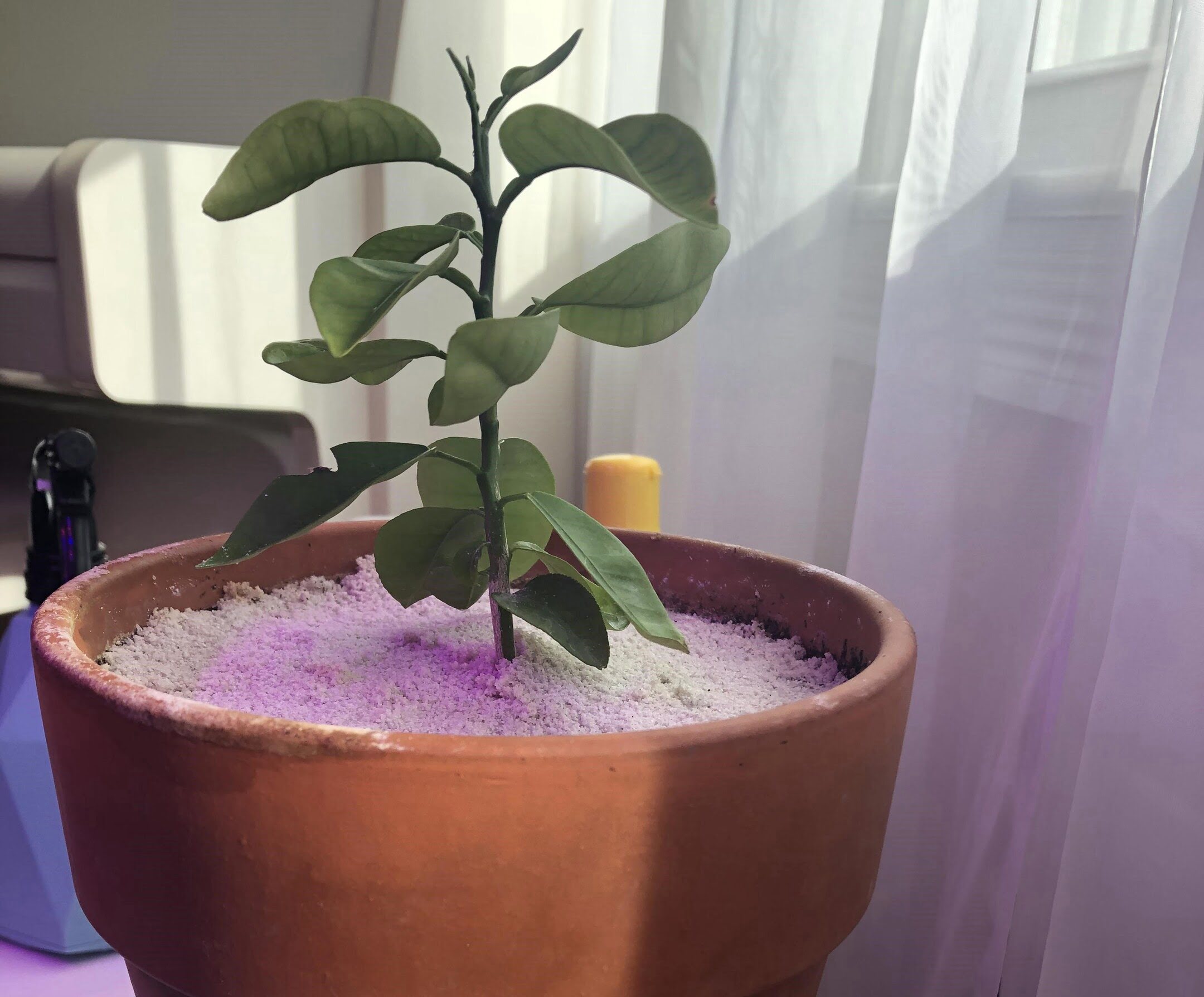

Garden Essentials
How To Grow Grapefruit Tree From Seed
Modified: March 16, 2024
Learn how to grow a grapefruit tree from seed in your own garden and enjoy fresh, homegrown fruit. Discover the secrets to successful cultivation and start growing today!
(Many of the links in this article redirect to a specific reviewed product. Your purchase of these products through affiliate links helps to generate commission for Storables.com, at no extra cost. Learn more)
Introduction
Welcome to the world of gardening, where the joy of nurturing and witnessing the growth of your own plants can be immensely rewarding. If you’re a fan of citrus fruits and have been wondering how to grow a grapefruit tree from seed, you’ve come to the right place. In this article, we will guide you through the process of planting grapefruit seeds and provide you with all the information you need to successfully grow your very own grapefruit tree.
Grapefruit trees (Citrus x paradisi) are beautiful additions to any garden, with their glossy evergreen leaves and fragrant blossoms. Not only do they provide visual appeal, but they also offer a bounty of delicious, juicy grapefruits that are rich in vitamins and antioxidants. By growing your own grapefruit tree, you not only have a direct source of fresh, organic fruits but also get the satisfaction of nurturing a plant from its inception.
Before we dive into the nitty-gritty of growing grapefruit trees from seed, it’s important to manage your expectations. Growing a grapefruit tree from seed requires patience and a long-term commitment. Unlike other fruit trees, grapefruit trees grown from seed may not produce fruits that are identical to the parent tree. However, the process of growing a grapefruit tree from seed can be a fascinating and rewarding journey in itself.
Now, let’s embark on this citrus adventure and learn how to grow a grapefruit tree from seed.
Key Takeaways:
- Growing grapefruit trees from seed requires patience and attention to detail. Choose fresh, viable seeds and provide optimal growing conditions to enjoy the journey of nurturing your own citrus tree.
- Proper care, including watering, fertilizing, and pruning, is essential for healthy grapefruit tree growth and bountiful fruit production. Embrace the process and enjoy the rewards of homegrown grapefruits!
Read more: How To Grow Tree From Seed
Choosing the Right Grapefruit Seeds
When it comes to growing a grapefruit tree from seed, selecting the right seeds is crucial for ensuring success. Here are a few important factors to consider when choosing grapefruit seeds:
- Seed Source: Look for seeds from a reputable source, such as a nursery or a trusted supplier. This ensures that the seeds are of good quality and have a higher chance of germination.
- Freshness: Fresh seeds tend to have a higher germination rate. Look for grapefruits that are ripe and juicy, and extract the seeds as soon as possible. Avoid using dried or older grapefruit seeds, as their viability decreases over time.
- Seed Varieties: Grapefruits come in different varieties, including white, pink, and red. Choose the variety that aligns with your preferences and growing conditions. Keep in mind that some varieties may require specific climate conditions or have different fruit characteristics.
- Organic vs. Non-Organic: If possible, opt for organic grapefruits. Non-organic grapefruits may have been treated with chemicals or pesticides, which could affect the quality and viability of the seeds.
- Seed Viability: While it’s difficult to determine the viability of grapefruit seeds without professional testing, you can increase your chances of success by experimenting with multiple seeds. Not all seeds will germinate, so it’s wise to plant a few extra seeds to ensure you have a higher chance of success.
By taking these factors into consideration, you can ensure that you choose viable grapefruit seeds that have the best chance of germination. Remember, each seed is a potential grapefruit tree waiting to grow, so invest some time in selecting the right seeds for your gardening journey.
Preparing the Seeds for Planting
Before you can plant grapefruit seeds, it’s important to properly prepare them. Here’s a step-by-step guide on how to prepare your grapefruit seeds for planting:
- Extracting the Seeds: Start by cutting a fresh grapefruit in half and gently removing the seeds using a spoon. Rinse the seeds under running water to remove any pulp or residue.
- Drying the Seeds: After rinsing the seeds, place them on a paper towel or a clean cloth in a well-ventilated area. Allow them to air dry for a few days until they are completely dry. This helps prevent mold or fungal growth during the germination process.
- Pre-Chilling (Optional): Some citrus seeds, including grapefruit seeds, benefit from a process called pre-chilling, which helps break dormancy and improves germination. To pre-chill the seeds, wrap them in a moist paper towel or place them in a plastic bag with some damp peat moss. Seal the bag or wrap the towel, and refrigerate them for 4-6 weeks. This simulates the natural winter conditions that help trigger germination.
- Soaking the Seeds (Optional): Another optional step is soaking the seeds in water for 24 hours prior to planting. This can help soften the seed coat and promote quicker germination. However, this step is not necessary for all citrus seeds, so you can choose to skip it if you prefer.
- Inspecting for Viability: Before planting the seeds, it’s a good idea to inspect them for viability. Gently squeeze the seeds—if they feel plump and firm, they are likely viable. If they feel soft or hollow, they may not be viable and may not germinate successfully.
By properly preparing your grapefruit seeds, you give them the best chance of germinating and growing into healthy seedlings. Remember to handle the seeds gently and avoid damaging them during the preparation process.
Planting Grapefruit Seeds
Now that your grapefruit seeds are prepared, it’s time to plant them and kickstart the growth of your grapefruit tree. Follow these steps to plant your grapefruit seeds:
- Selecting Containers: Choose containers that are at least 6 inches deep with drainage holes at the bottom. This ensures proper drainage and prevents waterlogged soil, which can lead to root rot.
- Preparing the Potting Mix: Fill the containers with a well-draining potting mix that is specifically formulated for citrus plants. Avoid using regular garden soil, as it can be too heavy and can hinder proper drainage. You can also create your own potting mix by combining equal parts of peat moss, perlite, and vermiculite.
- Planting the Seeds: Make a small hole in the potting mix, about 1 inch deep. Place a single grapefruit seed into the hole and cover it gently with soil. Water the soil lightly to settle it around the seed.
- Maintaining Moisture: Keep the soil evenly moist but not waterlogged. Water the containers whenever the top inch of soil feels dry. Avoid overwatering, as this can lead to root rot.
- Providing Warmth and Light: Place the containers in a warm and sunny location, such as a south-facing window or a greenhouse. Grapefruit seeds require warm temperatures between 70-85°F (21-29°C) and at least 6 hours of direct sunlight each day.
- Germination Period: Grapefruit seeds can take anywhere from 2-6 weeks to germinate, so be patient. During this time, continue to provide adequate warmth, light, and moisture for the seeds to sprout.
Remember to label each container with the date of planting and variety of grapefruit seeds. This will make it easier to keep track of their progress and identify each seedling once they begin to grow.
Now, sit back and let nature work its magic as you wait for the germination of your grapefruit seeds and embark on the journey of growing your own grapefruit tree.
Providing the Right Growing Conditions
As your grapefruit seedlings begin to emerge, it’s essential to provide them with the right growing conditions to ensure healthy and robust growth. Here are some important factors to consider:
- Temperature: Grapefruit trees thrive in warm climates. Maintain temperatures between 70-85°F (21-29°C) during the day and above 60°F (15°C) at night. Avoid exposing them to temperatures below 50°F (10°C), as this can damage or even kill the seedlings.
- Light: Provide your grapefruit seedlings with at least 6-8 hours of direct sunlight each day. If you’re growing them indoors, place them in a south-facing window or use artificial grow lights to supplement the natural light.
- Soil: Grapefruit trees prefer well-draining soil with a pH level between 5.5 and 6.5. Ensure the soil is rich in organic matter and has good moisture retention without becoming waterlogged. Consider adding compost or well-rotted manure to improve soil fertility.
- Watering: Water your grapefruit seedlings regularly, keeping the soil evenly moist but not saturated. Allow the top inch of soil to dry out slightly between waterings to prevent overwatering. Adjust the frequency of watering depending on the moisture level of the soil and the weather conditions.
- Fertilization: Once the seedlings have established a few true leaves, you can begin applying a balanced citrus fertilizer according to the manufacturer’s instructions. Fertilize every 6-8 weeks during the growing season. Avoid overfertilization as it can cause nutrient burn and damage to the young plants.
- Spacing: If you’re planning to transfer your grapefruit seedlings to a larger pot or into the ground, make sure to provide adequate spacing between the trees. Give them at least 10-15 feet of space to allow for proper air circulation and optimal growth.
- Pests and Diseases: Keep an eye out for common pests such as aphids, scale insects, and citrus leaf miners. Regularly inspect your grapefruit trees and take appropriate measures in case of infestations. Additionally, be aware of common citrus diseases like citrus canker and citrus greening, and take preventive measures to protect your trees.
By providing the right growing conditions, you can ensure that your grapefruit seedlings thrive and grow into healthy, productive trees. Regular monitoring, proper care, and timely intervention will help you maintain the optimal growing environment for your grapefruit trees.
To grow a grapefruit tree from seed, make sure to use fresh seeds from a ripe grapefruit. Plant the seeds in well-draining soil, keep them moist, and place them in a warm, sunny spot. It may take several years for the tree to produce fruit.
Read more: How To Grow A Tree From A Seed
Caring for the Grapefruit Tree
Once your grapefruit tree is established, it’s important to provide ongoing care to promote healthy growth and maximize fruit production. Here are some essential tips for caring for your grapefruit tree:
- Watering: Adequate and consistent watering is crucial for the health of your grapefruit tree. Water deeply and evenly, ensuring that the soil is moist but not waterlogged. During the drier summer months, you may need to increase the frequency of watering.
- Fertilization: Apply citrus-specific fertilizer regularly to provide necessary nutrients to your grapefruit tree. Follow the fertilization schedule recommended for your specific variety and region. Avoid overfertilization, as it can lead to excessive foliage growth at the expense of fruit production.
- Mulching: Apply a layer of organic mulch around the base of your grapefruit tree to conserve moisture, suppress weed growth, and regulate soil temperature. Mulching also adds nutrients to the soil as it breaks down over time.
- Pruning: Prune your grapefruit tree annually to maintain its shape, remove dead or diseased branches, and promote airflow and sunlight penetration. Prune in late winter or early spring before new growth begins.
- Support: If your grapefruit tree is heavy with fruit, consider providing support to the branches to prevent breakage. You can use props or stakes to help bear the weight of the fruit-laden branches.
- Pest and Disease Management: Regularly inspect your grapefruit tree for pests such as aphids, mites, and citrus leaf miners, as well as signs of common diseases like citrus canker or root rot. Take appropriate measures such as using organic insecticides or disease-resistant rootstocks to manage these issues.
- Harvesting: Grapefruits are typically ready for harvest when they have reached their full size and the skin turns color. Carefully pick the ripe fruits, taking care not to damage the branches or the tree itself. Enjoy the fruits fresh, use them in delicious recipes, or share them with friends and family!
- Winter Protection: If you live in a region with frost or freezing temperatures, provide protection to your grapefruit tree during the winter months. Cover the tree with a frost blanket or bring potted trees indoors to a suitable location where they can stay warm.
By following these care tips, you can ensure the health and productivity of your grapefruit tree, allowing it to provide you with a bountiful harvest of delicious, juicy fruits year after year.
Pruning and Training the Tree
Pruning and training your grapefruit tree is key to maintaining its shape, promoting proper airflow, and optimizing fruit production. Here are some guidelines for pruning and training your grapefruit tree:
- Prune in the Dormant Season: The best time to prune your grapefruit tree is during the dormant season, typically in late winter or early spring before new growth begins. This allows the tree to recover and minimize stress.
- Remove Dead or Diseased Branches: Start by inspecting the tree and removing any dead, diseased, or damaged branches. This prevents the spread of diseases and encourages new growth.
- Thin Out the Canopy: Thin out the canopy by removing crowded or crossing branches. Aim to create an open and well-ventilated structure that allows for good sunlight penetration and air circulation.
- Manage Suckers and Water Sprouts: Keep an eye out for suckers and water sprouts, which are vigorous, vertical shoots that can compete with the main branches for nutrients. Prune them off completely to redirect the tree’s energy to more desirable areas.
- Train the Main Scaffold Branches: Identify 3-4 main scaffold branches that will form the framework of your grapefruit tree. Prune them back to about two-thirds of their length to encourage branching and create a well-balanced structure.
- Encourage Fruit Production: To promote fruit production, thin out the developing fruit clusters. Leave only one or two fruits per cluster to allow for maximum growth and proper spacing.
- Consider Espalier or Trellising: If you have limited space or want to create an attractive display, you can train your grapefruit tree into an espalier or trellis system. This allows for easy maintenance, increased sun exposure, and efficient use of space.
- Regular Pruning Maintenance: Once the initial pruning is done, continue to monitor and prune your grapefruit tree regularly to maintain its shape and health. Remove any new growth that is crossing or crowding other branches.
When pruning, always use clean and sharp pruning tools to make clean cuts. Avoid leaving stubs or cutting too close to the trunk. It’s also advisable to disinfect your pruning tools between cuts to prevent the spread of diseases.
Remember that grapefruit trees respond well to proper pruning, leading to increased fruit production, healthier growth, and a more visually appealing tree. Take your time, be patient, and enjoy the process of shaping and training your grapefruit tree into a beautiful and fruitful specimen.
Harvesting and Enjoying Grapefruits
After months of care and nurturing, the time has finally come to harvest and savor the fruits of your grapefruit tree. Here’s a guide to harvesting and enjoying grapefruits:
- Determining Ripeness: Grapefruits are ready to harvest when they have reached their full size and are firm to the touch. Depending on the variety, the color may change from green to yellow, pink, or red. The skin may also become slightly smoother.
- Harvesting Technique: To pick the grapefruits, hold the fruit in your hand and gently twist it upwards. Alternatively, you can use pruning shears or a sharp knife to cut the fruit from the branch, leaving a short stem intact.
- Storing Fresh Grapefruits: If you’re not planning to consume the grapefruits immediately, store them in a cool, well-ventilated area away from direct sunlight. They can be stored at room temperature for a week or refrigerated for up to two weeks.
- Enjoying Fresh Grapefruits: There are numerous ways to enjoy the bright and tangy flavor of grapefruits. You can simply peel the fruit and consume the juicy segments on their own or incorporate them into various dishes. Add grapefruit sections to salads, blend them into smoothies, or make refreshing grapefruit juice or sorbet.
- Cooking with Grapefruits: Grapefruits can also be used in savory recipes. They add a citrusy twist to seafood, poultry, and salad dressings. Experiment with marinating grilled shrimp or chicken in grapefruit juice for a zesty and flavorful dish.
- Preserving Grapefruits: If you have an abundant harvest, consider preserving grapefruit by making marmalade or canning citrus segments in light syrup. These homemade treats can be enjoyed long after the harvesting season is over.
- Sharing the Bounty: Don’t forget to share the joy of your grapefruit harvest with friends, family, and neighbors. They will appreciate the fresh and flavorful fruits from your garden.
Enjoy the versatility and goodness of grapefruits in various culinary creations. Whether enjoyed fresh or incorporated into recipes, grapefruits are a healthy and delicious addition to any meal or snack. Be sure to savor the fruits of your labor and take pride in the homegrown grapefruits that you’ve nurtured from seed to harvest.
Troubleshooting Common Issues
While growing grapefruit trees can be a rewarding experience, it’s not uncommon to encounter certain issues along the way. Here are some common problems and their potential solutions:
- Poor Fruit Set: If your grapefruit tree isn’t producing many fruits, there may be several factors at play. Ensure that your tree is receiving sufficient sunlight, proper fertilization, and appropriate watering. Lack of cross-pollination can also be a cause, so consider planting another citrus tree nearby to increase pollination.
- Pests: Common pests that can affect grapefruit trees include aphids, scale insects, and citrus leaf miners. Regularly inspect your tree for signs of infestations such as sticky residue, yellowing leaves, or distorted growth. Use organic insecticides or insecticidal soaps to control these pests.
- Diseases: Grapefruit trees are susceptible to diseases like citrus canker and citrus greening. Proper sanitation and hygiene practices, such as removing fallen leaves and affected branches, can help prevent the spread of diseases. If faced with a severe disease problem, consult with a local extension service or a plant professional for appropriate treatment options.
- Yellowing Leaves: Yellowing leaves can be a sign of nutrient deficiencies, such as iron or magnesium. Apply a citrus-specific fertilizer containing these nutrients to address the issue. Additionally, ensure proper drainage and avoid overwatering, as excessive moisture can cause root rot and lead to yellowing leaves.
- Fruit Splitting: Fruit splitting can occur due to fluctuating levels of water availability. Maintain consistent moisture levels by watering regularly and gradually increasing irrigation during periods of dry weather. Proper mulching can also help regulate soil moisture and prevent fruit splitting.
- Slow Growth: If your grapefruit tree seems to be growing slowly, evaluate the growing conditions. Ensure that it is receiving adequate sunlight, proper fertilization, and regular watering. Address any soil issues, such as poor drainage or nutrient deficiencies, to promote healthier and faster growth.
- Leaf Drop: Excessive leaf drop can be a result of environmental stress, overwatering, or disease. Assess the watering regimen and irrigation practices to ensure they are appropriate for your specific climate and soil conditions. If the issue persists, consult a professional to identify any underlying problems.
Remember, gardening often involves trial and error. If you encounter any issues with your grapefruit tree, don’t be discouraged. Take it as an opportunity to learn and adjust your care practices accordingly. When in doubt, consulting with local gardening experts or agricultural extension services can provide valuable guidance specific to your region.
With proper attention and care, you can overcome common challenges and enjoy the beauty and bounty of a healthy grapefruit tree.
Read more: How To Grow An Apple Tree From A Seed
Conclusion
Congratulations on embarking on the journey of growing your own grapefruit tree from seed! By following the steps outlined in this guide, you have equipped yourself with the knowledge and skills to successfully nurture and care for your grapefruit tree. From choosing the right seeds to providing the optimal growing conditions, and from pruning and training to harvesting and enjoying the fruits, you have learned the essentials of cultivating a healthy and productive grapefruit tree.
Remember, growing a grapefruit tree requires patience and a long-term commitment. It is a journey that will reward you with the joy of seeing your tree thrive and the satisfaction of harvesting your own juicy grapefruits. Embrace the process, learn from any challenges along the way, and enjoy the experience of tending to your tree.
As you dive into the world of gardening, don’t be afraid to explore and experiment. Each grapefruit tree has its unique characteristics, and by observing and adapting to the needs of your tree, you’ll develop your own gardening expertise. Share your knowledge and experiences with fellow gardeners, and continue to learn from their wisdom as well.
Growing a grapefruit tree from seed is a gratifying endeavor that allows you to connect with nature, witness the marvel of plant growth, and enjoy the fruits of your labor. So, roll up your sleeves, get your hands dirty, and embark on this citrus-filled adventure. Before you know it, you’ll be reaping the rewards of your very own homegrown grapefruits.
Happy gardening and may your grapefruit tree flourish and bring you years of delicious harvests!
Frequently Asked Questions about How To Grow Grapefruit Tree From Seed
Was this page helpful?
At Storables.com, we guarantee accurate and reliable information. Our content, validated by Expert Board Contributors, is crafted following stringent Editorial Policies. We're committed to providing you with well-researched, expert-backed insights for all your informational needs.
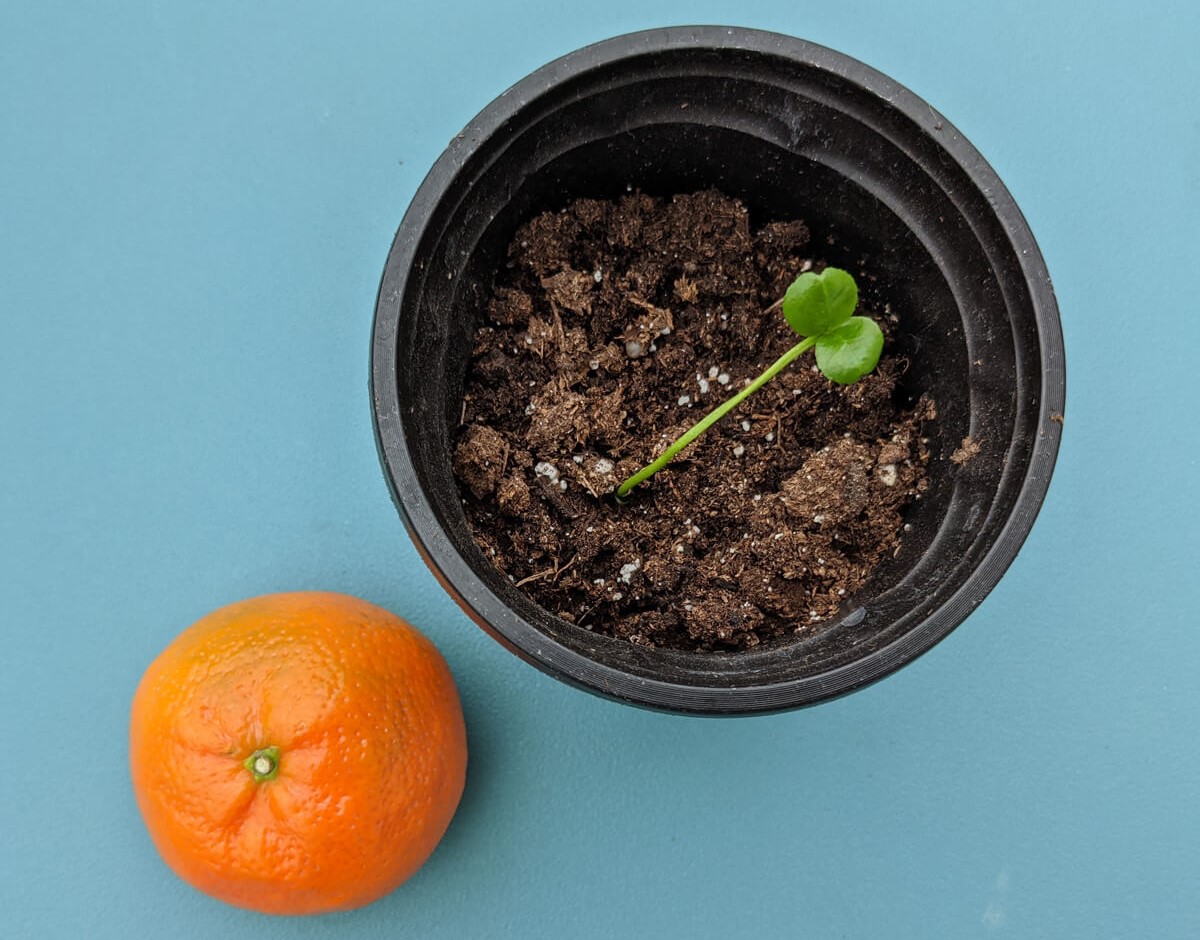
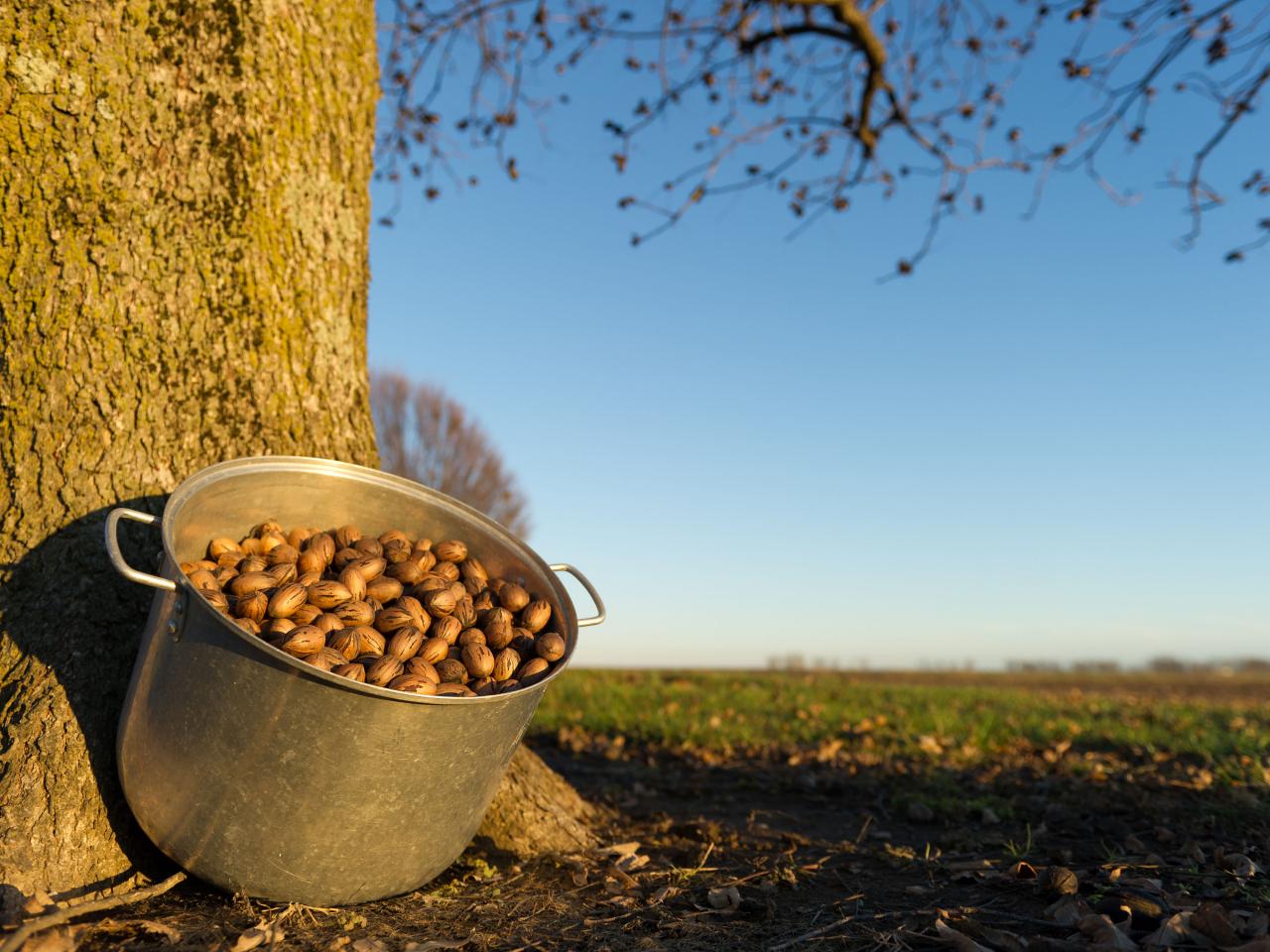
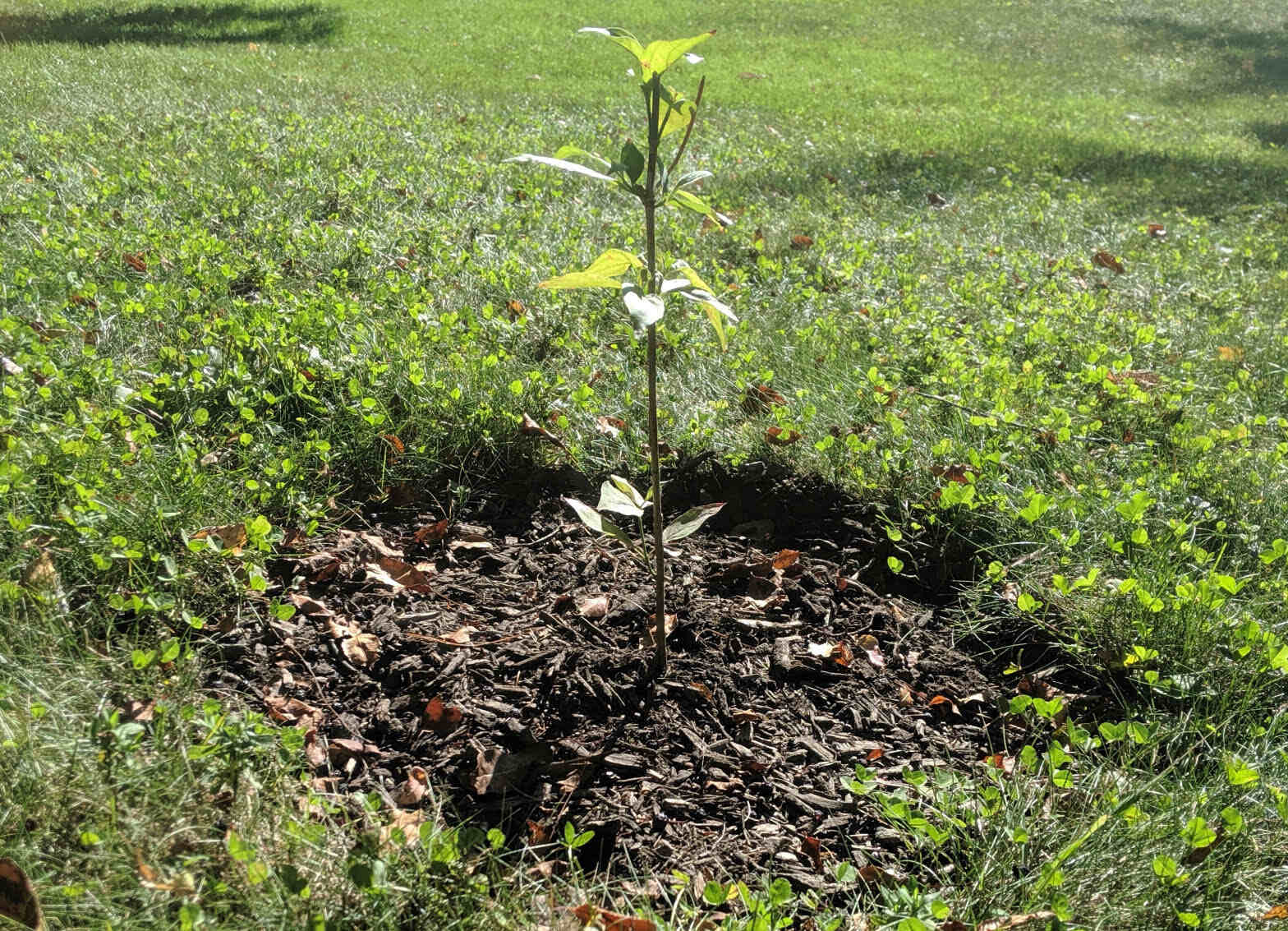
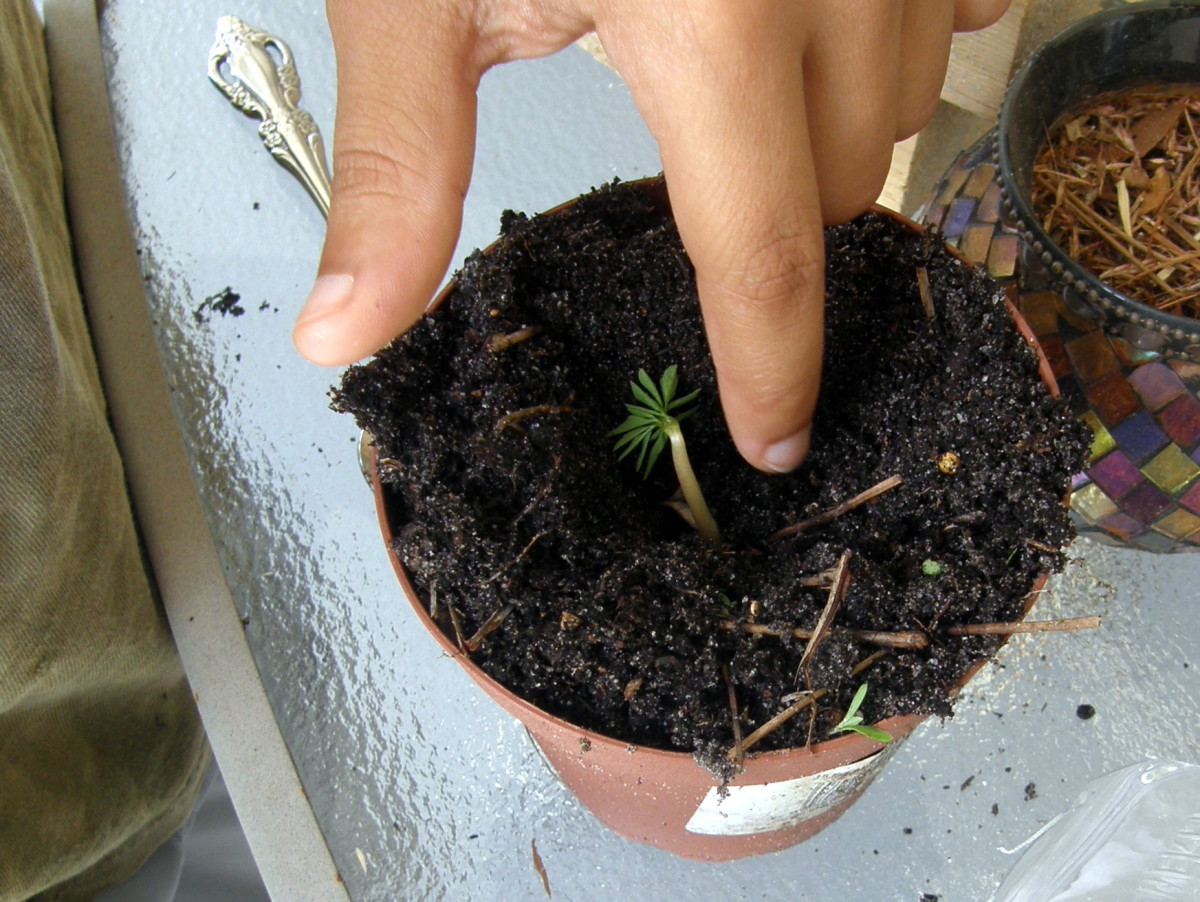

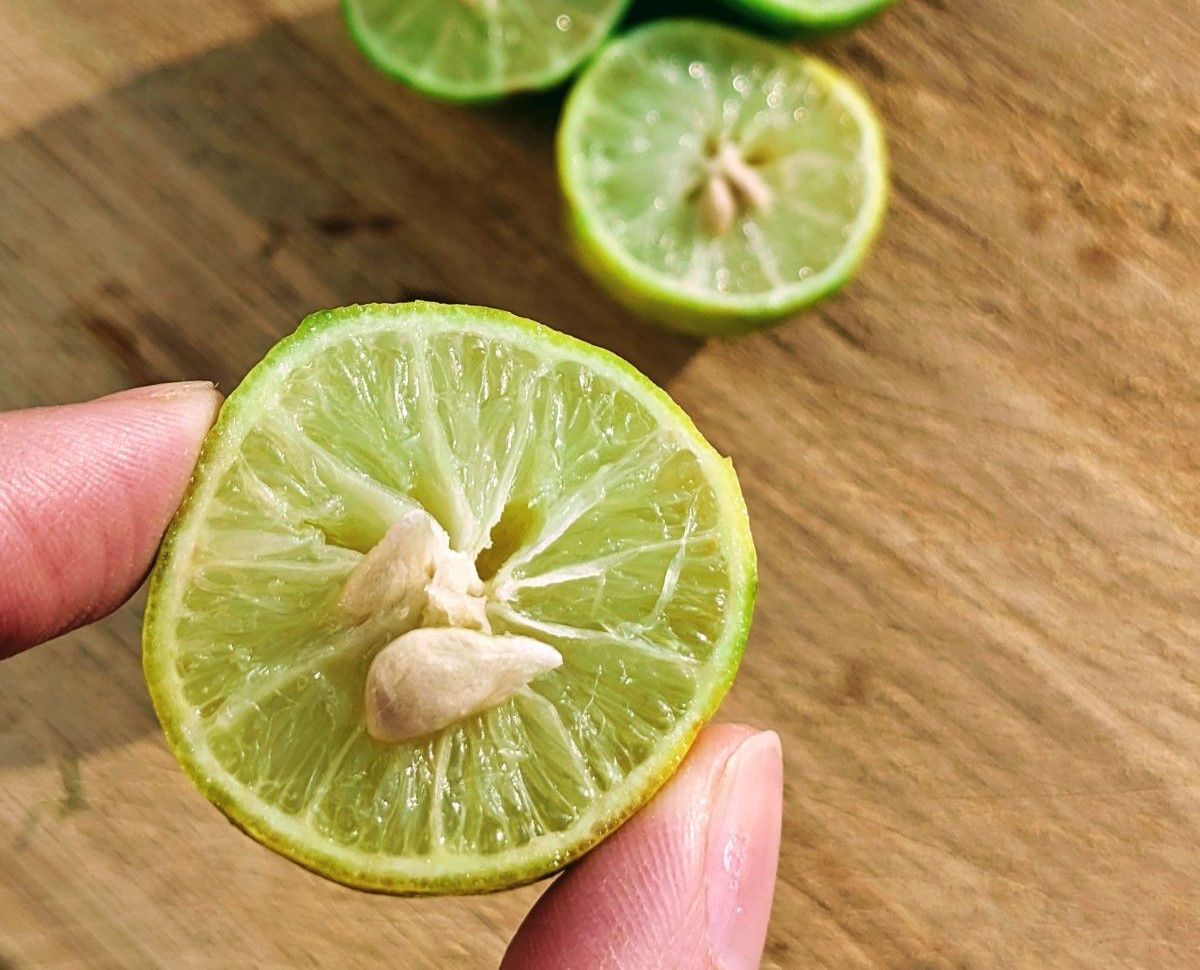
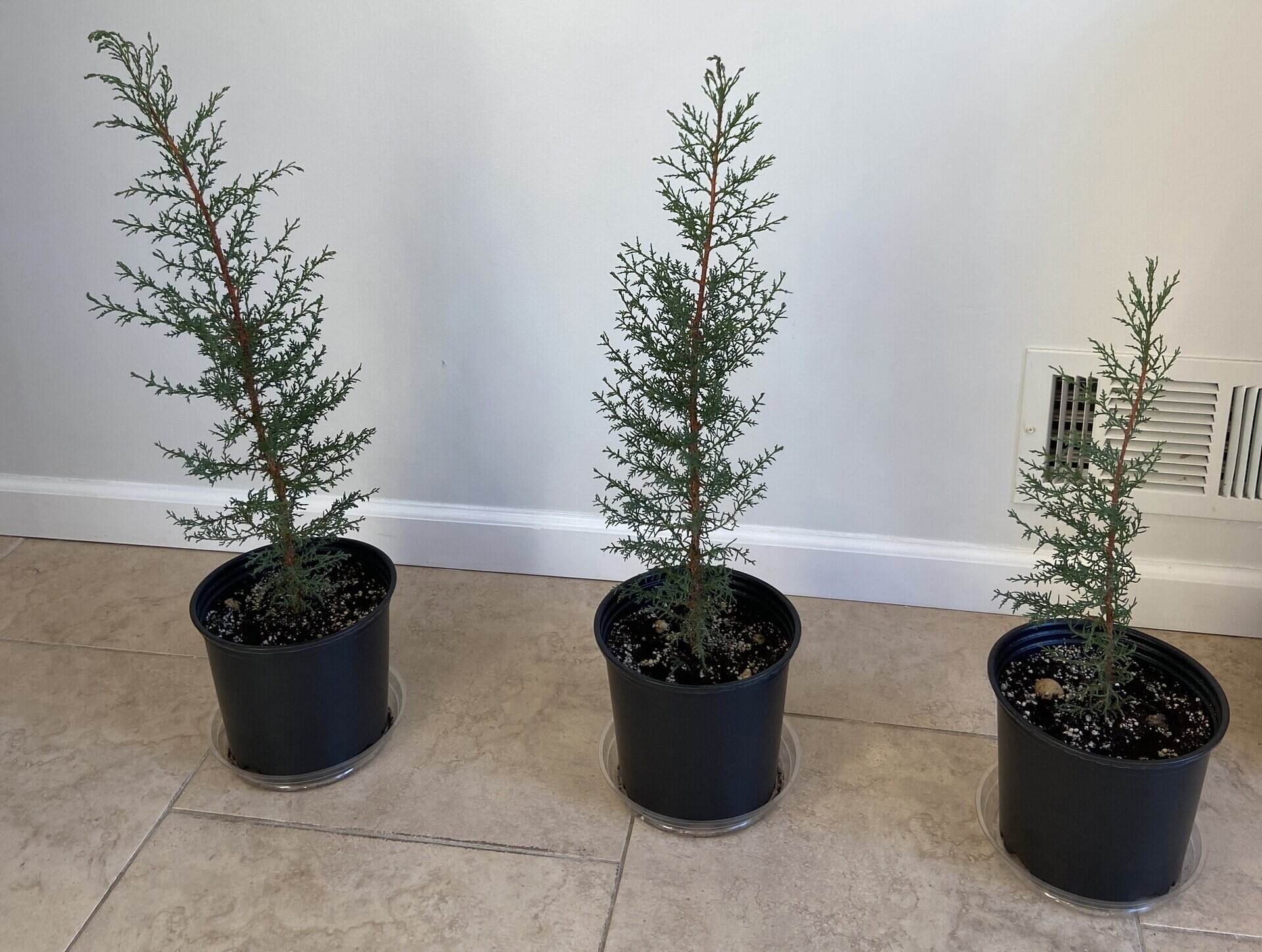

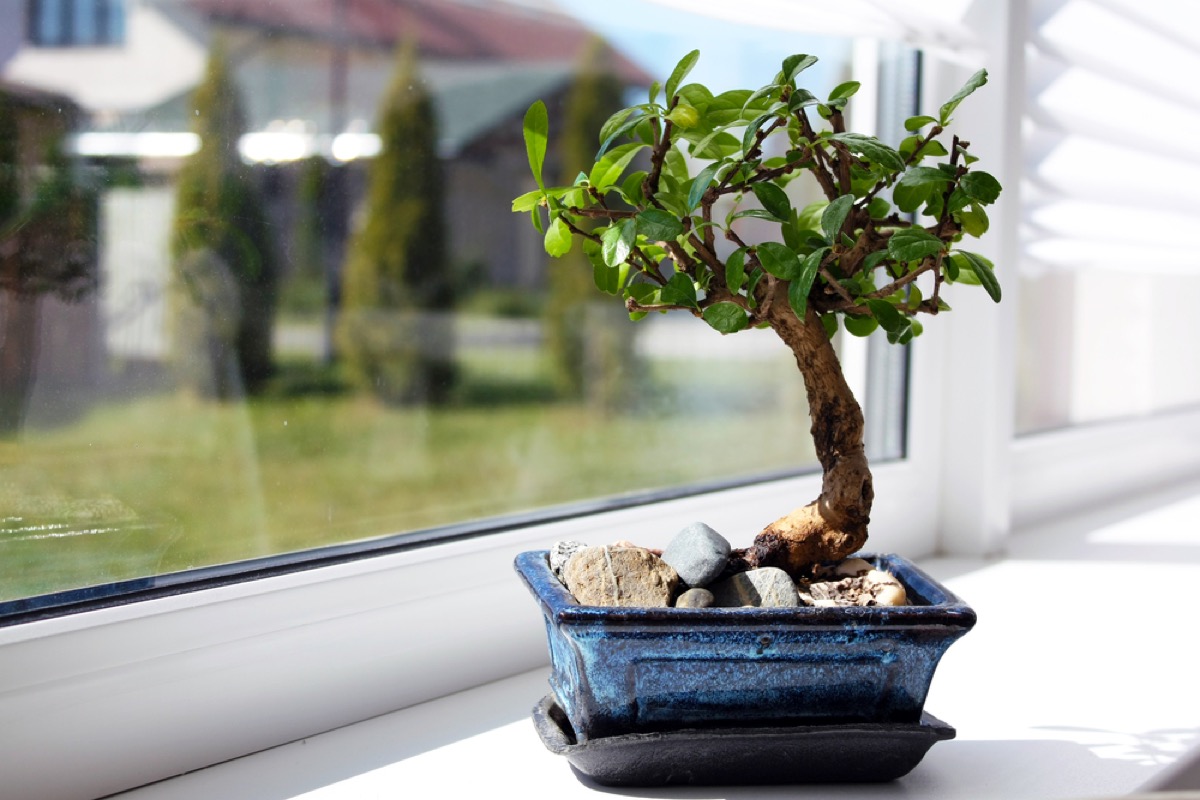

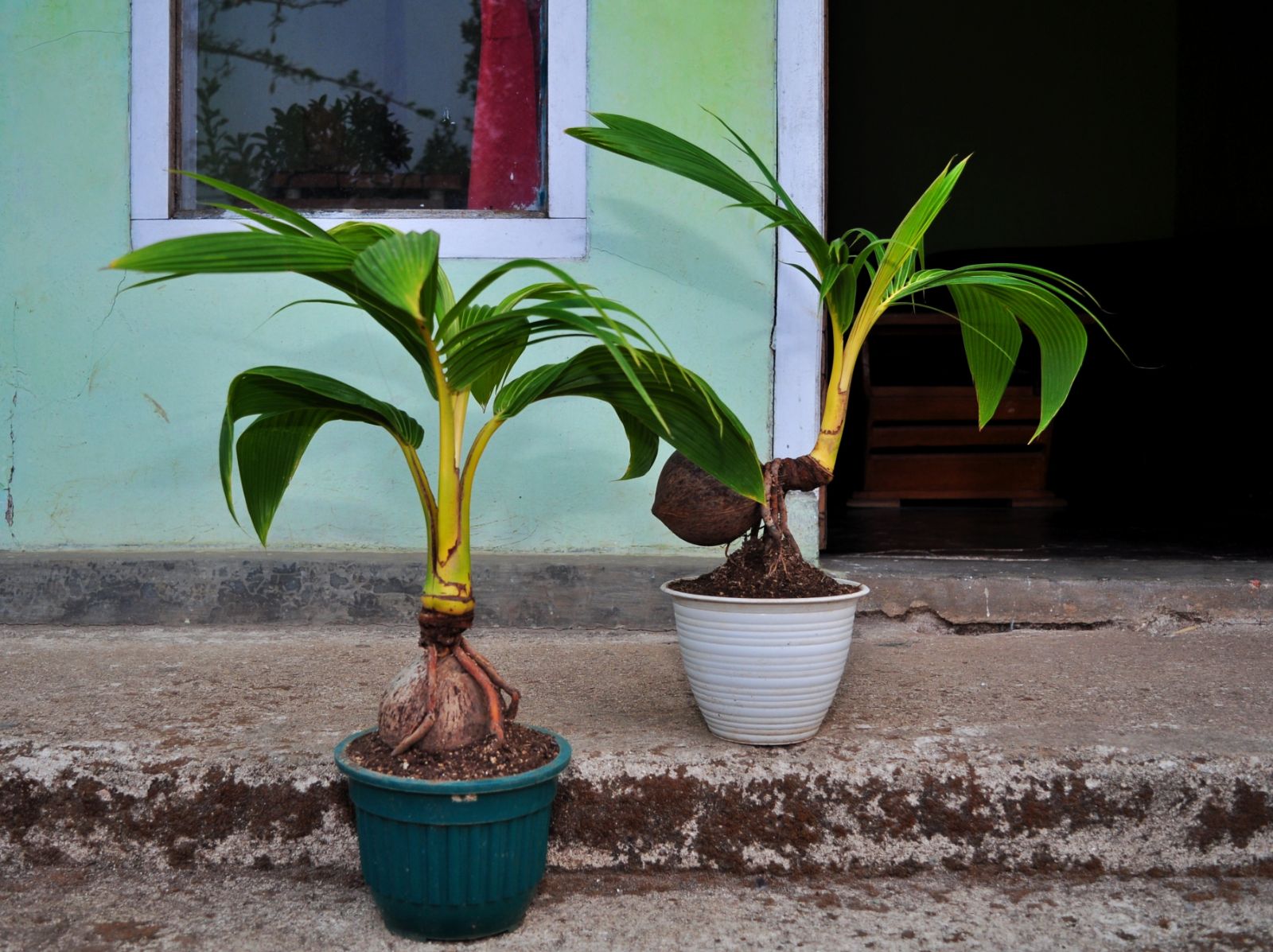
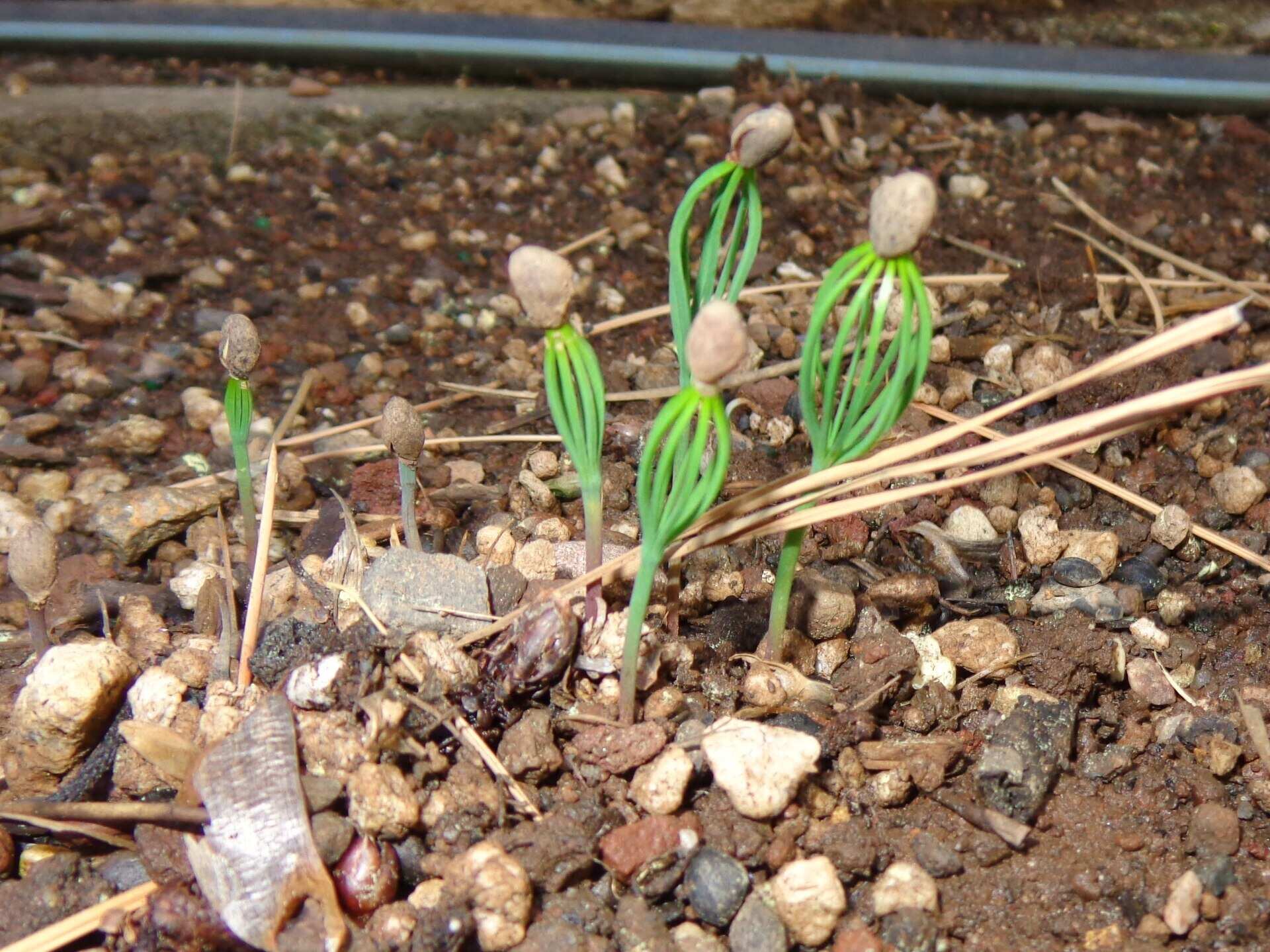


0 thoughts on “How To Grow Grapefruit Tree From Seed”